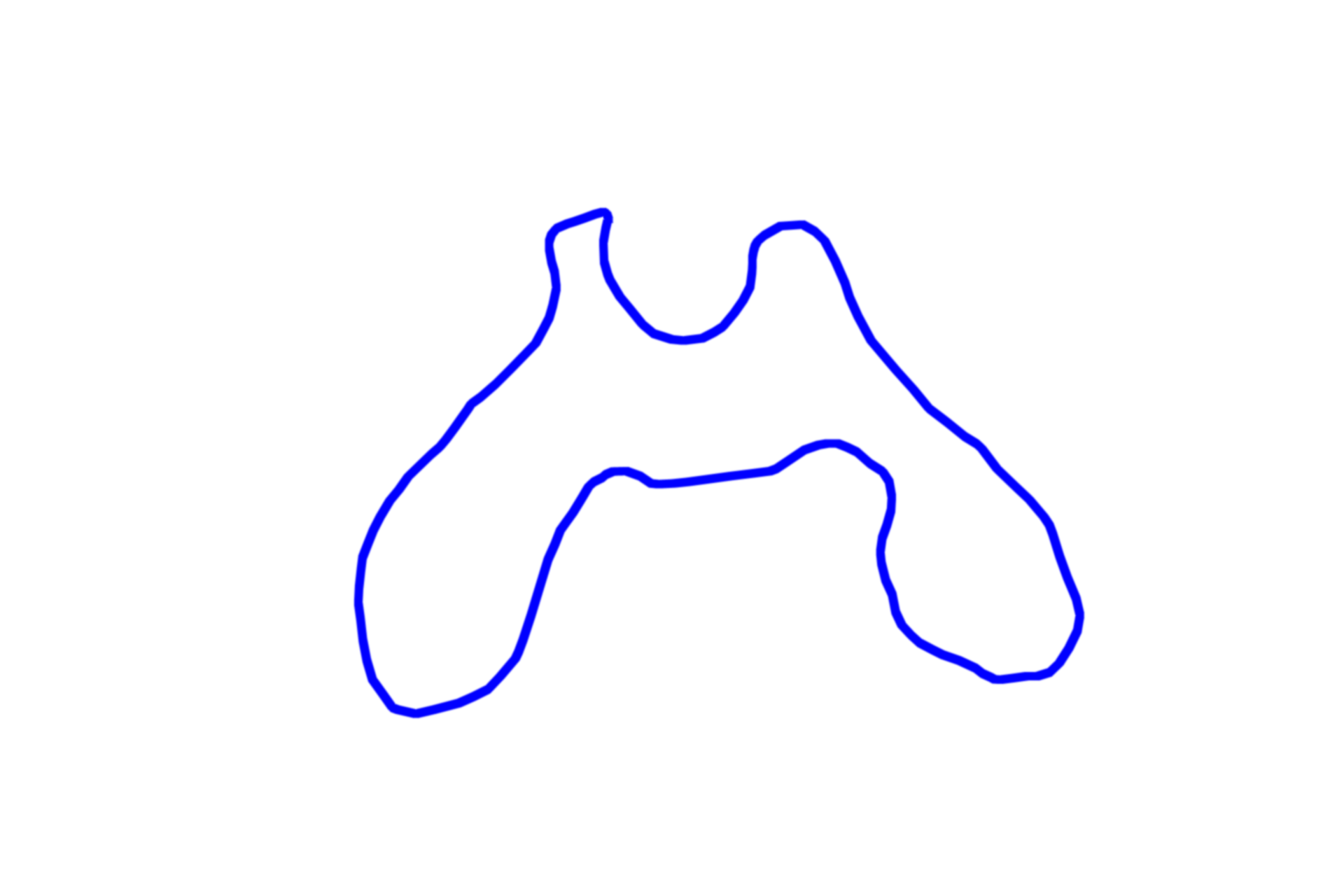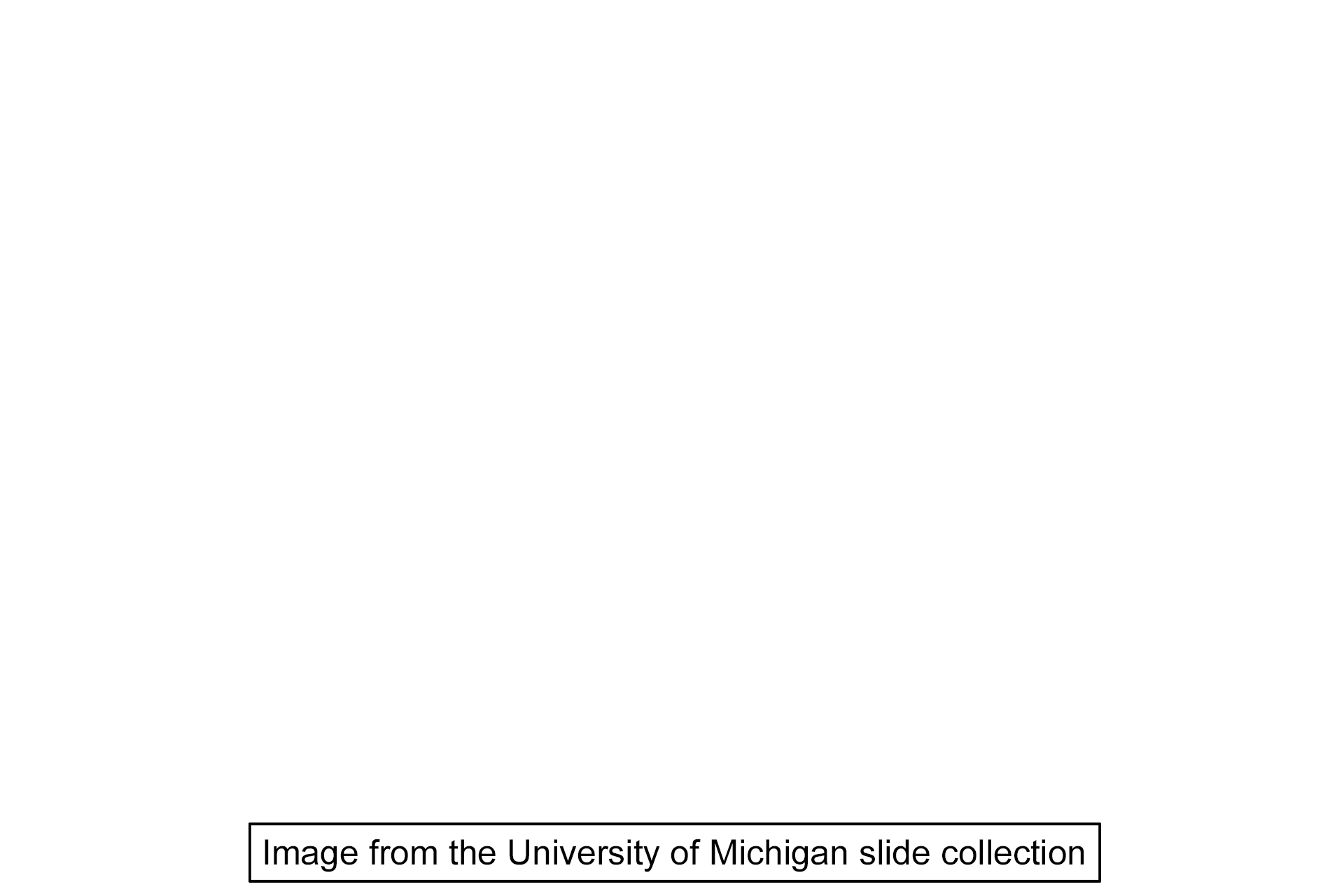
Prostate
The single prostate gland, lying beneath the urinary bladder, is composed of 30-50 individual glands whose secretions empty into the prostatic urethra. The prostate is surrounded by a fibromuscular capsule; the connective tissue around individual glands is also rich in smooth muscle. Noncancerous enlargement of the prostate (benign prostatic hypertrophy) commonly occurs in older men, producing urinary symptoms due to its proximity to the urethra and bladder. Cancers of the prostate (adenocarcinomas) originate from the gland cells. 5x

Prostatic urethra >
The prostatic urethra receives the secretions of the prostate gland. It passes out of the prostate as the membranous urethra and becomes the penile (spongy) urethra that runs the length of the penis.

Prostatic glands >
Prostatic glands secrete a milky, slightly alkaline fluid containing citric acid, zinc, prostate-specific antigen (PSA) and fibrinolysin. The latter two are serine hydrolases that act to liquify the ejaculate in the vagina. The level of PSA in blood is used as a screening tool for prostate cancer. Prostatic glands are arranged in three roughly concentric zones around the prostatic urethra.

- Inner zone >
The inner zone occupies about 5% of the prostate volume and contains periurethral glands. Hyperplasia of these glands produces nodules that compress the urethra causing difficulties in urination. This condition, benign prostatic hyperplasia (BPH), is common in older men.

- Central zone >
The central zone occupies about 25% of the prostate gland volume and contains submucosal glands with longer ducts than the periurethral glands.

- Peripheral zone >
The peripheral zone occupies about 70% of the prostate volume and contains the main glands of the prostate and possess long ducts. The glands of the peripheral zone give rise to malignant tumors (adenocarcinomas) of the prostate.

Ejaculatory ducts >
Ejaculatory ducts are paired structures, each formed by the union of the ductus deferens with the duct of the seminal vesicle. Ejaculatory ducts traverse the prostate gland and empty into the prostatic urethra at the seminal colliculus.

Seminal colliculus >
The seminal colliculus is a longitudinally-oriented ridge along the posterior wall of the prostatic urethra and is the site of opening for the ejaculatory ducts.

Prostatic utricle >
The prostatic utricle is a small, epithelium-lined diverticulum of the prostatic urethra. It is located between the ejaculatory ducts where these ducts enter the urethra.

Next image
The next image shows an area similar to that in the rectangle at higher magnification.

Image source >
This image was taken of a slide from The University of Michigan collection.
